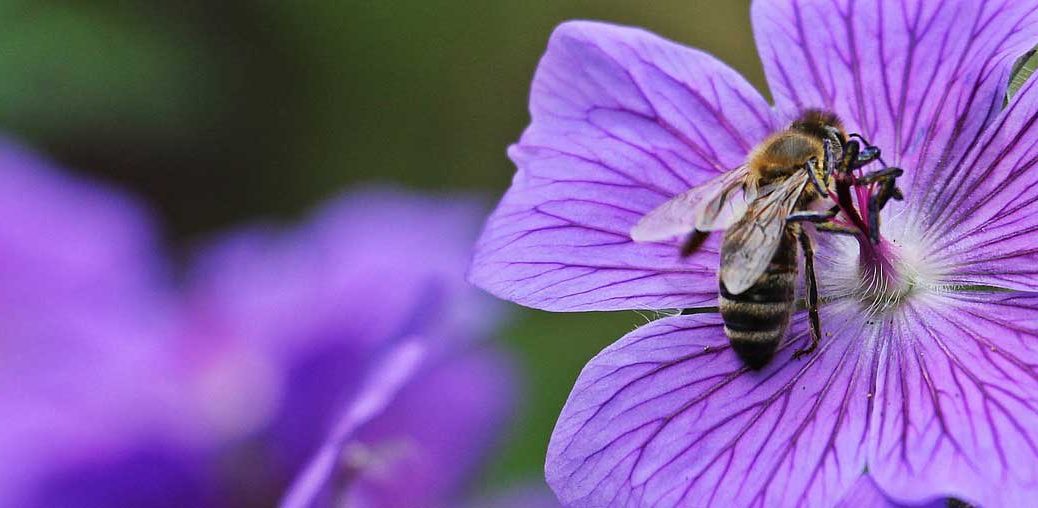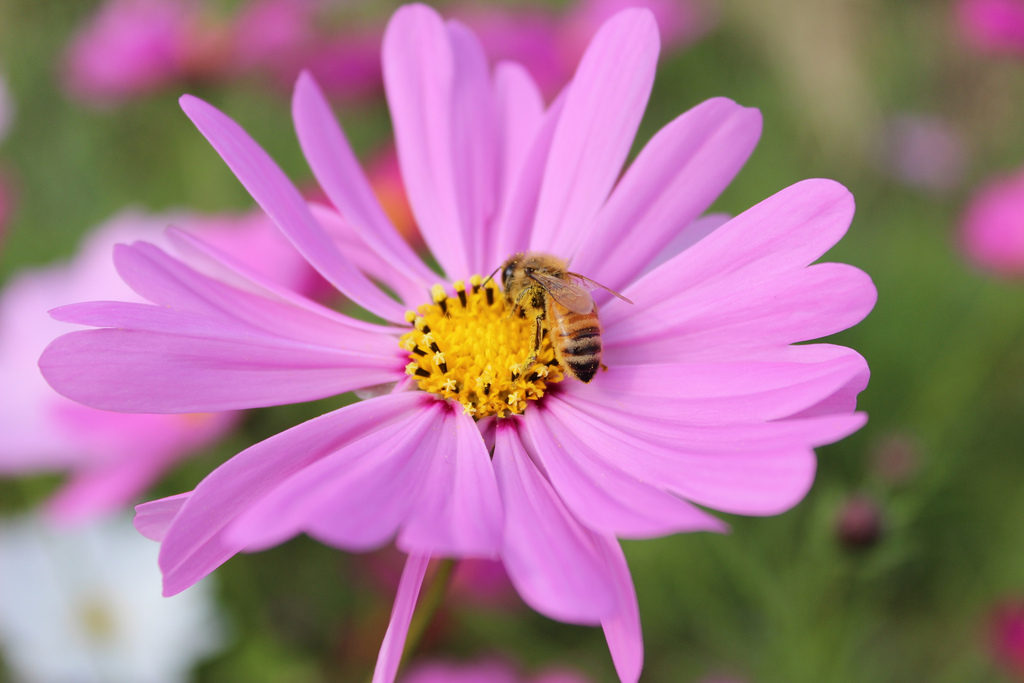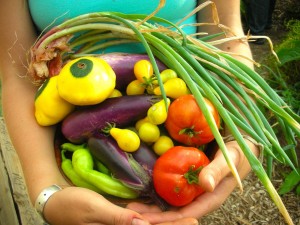Hummingbirds are brightly colored birds that are always a wonder to see, and it’s easy to attract them to your garden.
These remarkable creatures have striking plumage and a high energy lifestyle. Three species of hummingbird live in Florida through much of the year, and another two can occasionally be seen here in the winter. The most commonly seen is the ruby-throated. This feathered jewel is only about three inches long and weighs as little as a penny.
Hummingbirds get their name from the sound their wings make while beating up to 200 times per second. One of these remarkable birds’ most amazing traits is their helicopter-like flying stunts. Not only can hummingbirds suspend their bodies in midair, they can also fly backwards, upwards, and even upside-down.
To support all their high-speed activity, hummingbirds need to consume large amounts of high-energy nectar. To attract hummingbirds to your garden, choose plants with brightly colored or tubular flowers, like hibiscus or the native coral honeysuckle. Hummingbirds prefer red, orange, and pink flowers, and use their long tongues to sip the nectar found within.
Hummingbirds nest spring through summer and need a lot of nectar during that time, so make sure you have numerous nectar plants available. You can also help meet their needs with a hummingbird feeder.



 Hanging a feeder from an eave will attract these little bundles of near-perpetual motion to your yard; however, a feeder that is strategically surrounded by certain summer plants guarantees many repeat visitors. Hummingbirds are attracted to a safe place to hang out, talk to each other, flirt, bathe and eat. So, if you want to draw a large population to your yard, your landscape should include plants, trees, shrubs, and colorful vines that these little birds especially like.
Hanging a feeder from an eave will attract these little bundles of near-perpetual motion to your yard; however, a feeder that is strategically surrounded by certain summer plants guarantees many repeat visitors. Hummingbirds are attracted to a safe place to hang out, talk to each other, flirt, bathe and eat. So, if you want to draw a large population to your yard, your landscape should include plants, trees, shrubs, and colorful vines that these little birds especially like.  A butterfly can bring a garden to life, just as a garden can nurture the life of a butterfly. When you create a butterfly garden you create a pocket of wonder as well as a sanctuary for the butterfly.
A butterfly can bring a garden to life, just as a garden can nurture the life of a butterfly. When you create a butterfly garden you create a pocket of wonder as well as a sanctuary for the butterfly. 
 What Wildlife Needs
What Wildlife Needs

 A garden is as distinct and individual as your tastes will allow. Whether you like it hot and spicy-with herbs and peppers that sing with flavor-or subtle blends of flavorful veggies and culinary herbs, it is easier than you think to have success in the garden and in the kitchen.
A garden is as distinct and individual as your tastes will allow. Whether you like it hot and spicy-with herbs and peppers that sing with flavor-or subtle blends of flavorful veggies and culinary herbs, it is easier than you think to have success in the garden and in the kitchen.  Today, people everywhere are discovering the benefits of “going native,”and native plant sources are becoming more numerous. Natives, after all, offer many of the benefits of exotic cultivars without the exhaustive requirements.
Today, people everywhere are discovering the benefits of “going native,”and native plant sources are becoming more numerous. Natives, after all, offer many of the benefits of exotic cultivars without the exhaustive requirements.